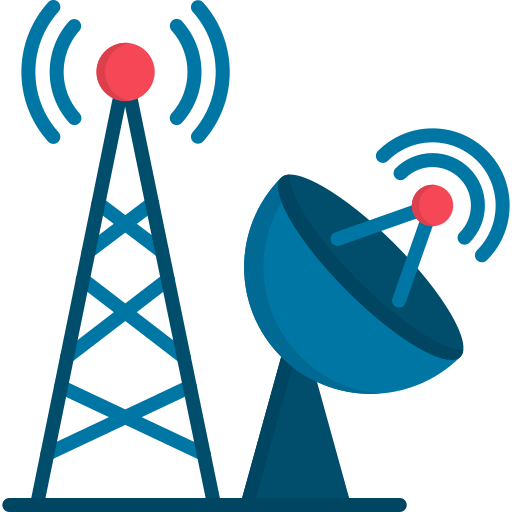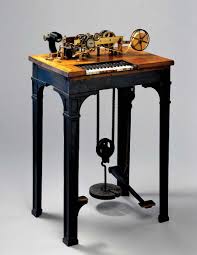Stamp: ITU emblem (East African Community 1965)
ITU emblem (East African Community 1965)
17 May (East African Community ) within release I.T.U. centenary goes into circulation Stamp ITU emblem face value 30 East African cent
| Stamp ITU emblem in catalogues | |
|---|---|
| Michel: | Mi:EA 140 |
| Stamp Number: | Sn:EA 152 |
Stamp is square format.
Also in the issue I.T.U. centenary:
- Stamp - ITU emblem face value 30;
- Stamp - ITU emblem face value 50;
- Stamp - ITU emblem face value 1.30;
- Stamp - ITU emblem face value 2.50;
Stamp ITU emblem it reflects the thematic directions:
Telecommunication, often used in its plural form or abbreviated as telecom, is the transmission of information with an immediacy comparable to face-to-face communication. As such, slow communications technologies like postal mail and pneumatic tubes are excluded from the definition. Many transmission media have been used for telecommunications throughout history, from smoke signals, beacons, semaphore telegraphs, signal flags, and optical heliographs to wires and empty space made to carry electromagnetic signals. These paths of transmission may be divided into communication channels for multiplexing, allowing for a single medium to transmit several concurrent communication sessions. Several methods of long-distance communication before the modern era used sounds like coded drumbeats, the blowing of horns, and whistles. Long-distance technologies invented during the 20th and 21st centuries generally use electric power, and include the telegraph, telephone, television, and radio.
Telegraphy is the long-distance transmission of messages where the sender uses symbolic codes, known to the recipient, rather than a physical exchange of an object bearing the message. Thus flag semaphore is a method of telegraphy, whereas pigeon post is not. Ancient signalling systems, although sometimes quite extensive and sophisticated as in China, were generally not capable of transmitting arbitrary text messages. Possible messages were fixed and predetermined, so such systems are thus not true telegraphs.


